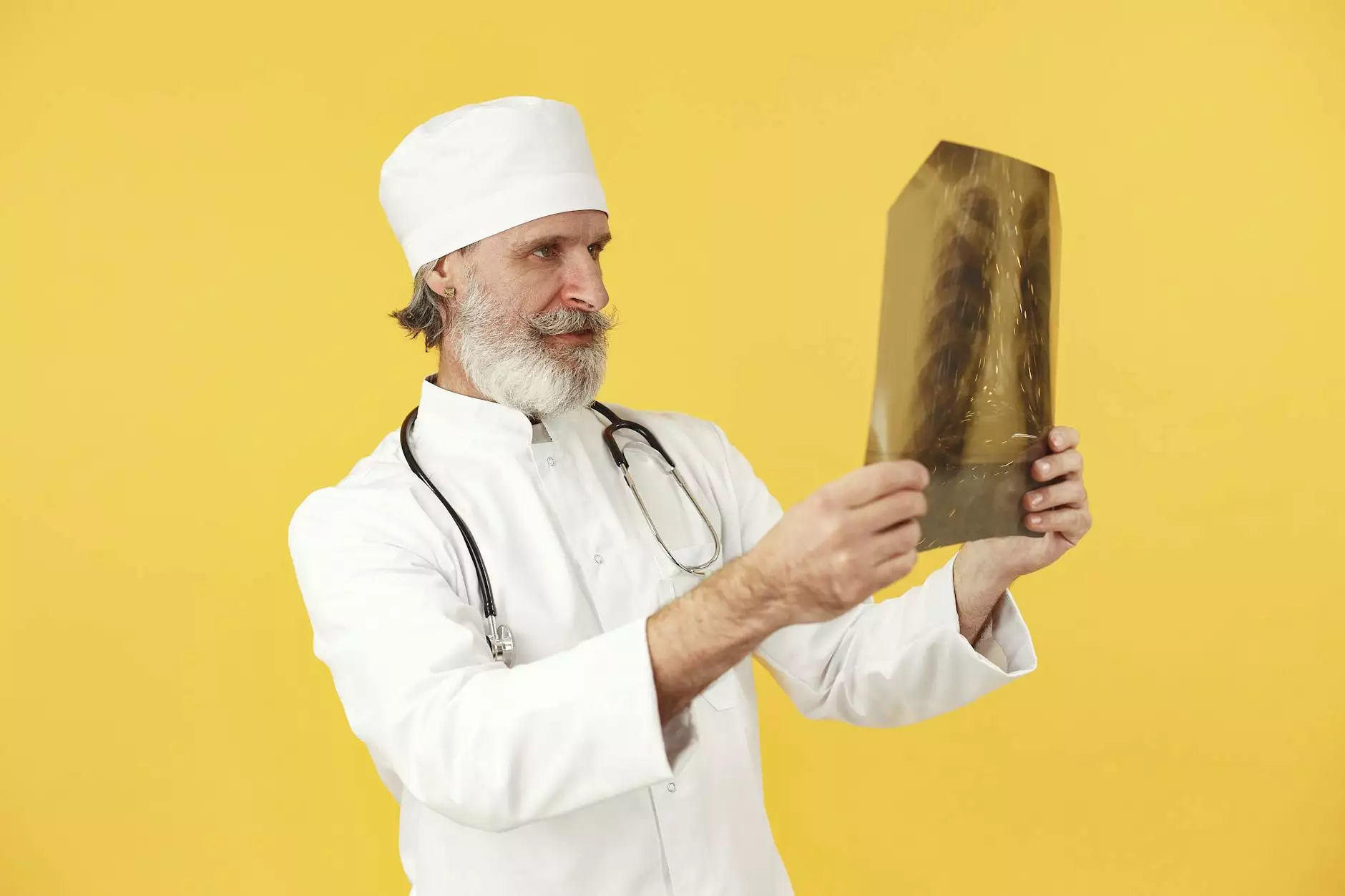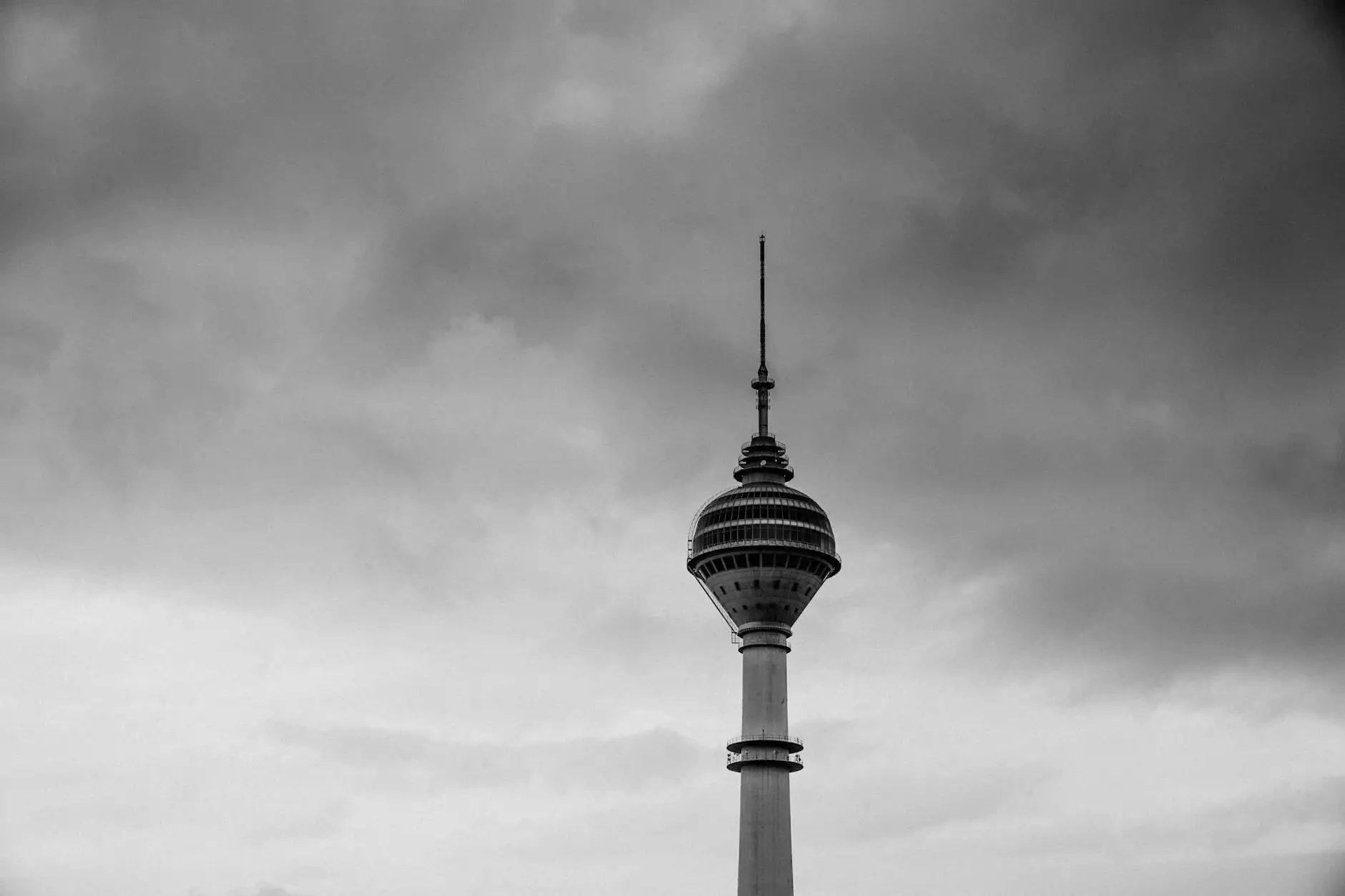Understanding Lung Cancer CT Scans

In the realm of modern medicine, early detection of diseases can make a significant difference in patient outcomes. Among various screening methods, the lung cancer CT scan stands as a critical tool in the fight against lung cancer. With advancements in technology, this diagnostic procedure has transformed how healthcare professionals assess lung health and potentially save lives through early intervention.
What is a Lung Cancer CT Scan?
A lung cancer CT scan (Computed Tomography scan) is a specialized imaging technique that provides detailed cross-sectional views of the lungs and surrounding tissues. Unlike standard X-rays, which offer a two-dimensional image, CT scans can produce comprehensive 3D representations of the lungs, enabling doctors to spot abnormalities with greater precision. This method is particularly useful for detecting lung nodules, masses, and other anomalies that may be indicative of lung cancer.
Why is a Lung Cancer CT Scan Important?
Early detection of lung cancer plays a crucial role in improving survival rates. Research has shown that when lung cancer is diagnosed at an early stage, the five-year survival rate can be significantly higher compared to late-stage diagnoses. A lung cancer CT scan can help:
- Detect lung cancer at an early stage: By identifying small tumors before they progress, patients have better treatment options.
- Monitor existing lung nodules: Regular scans can help determine whether benign nodules are changing over time.
- Assess treatment effectiveness: After initiating treatment, scans can be used to evaluate the response to therapies.
The Process of Undergoing a Lung Cancer CT Scan
The process of a lung cancer CT scan is straightforward and typically takes about 30 minutes. Here’s what patients can expect:
Before the Scan
Prior to undergoing a CT scan, patients should:
- Inform the healthcare provider about any medications taken and medical history, especially related to lung diseases or prior cancer.
- Wear comfortable clothing and remove any metal objects such as jewelry, glasses, or dentures, as these can interfere with the imaging.
- Discuss any allergies, particularly to contrast material (if applicable).
During the Scan
During the CT scan:
- The patient will lie on a table that moves through the CT scanner.
- They may be asked to hold their breath briefly while images are being captured, allowing for clearer images.
- If a contrast dye is used, it may be injected via an IV to enhance the visibility of the lungs.
After the Scan
After the scan, patients can usually resume their normal activities immediately. If contrast material was used, patients may be monitored briefly for any allergic reactions, though such occurrences are rare.
Understanding the Results
Once a lung cancer CT scan is completed, a radiologist will analyze the images and prepare a report. The results will be discussed with the patient, detailing any findings. Possible outcomes may include:
- Normal results: No signs of lung cancer or other abnormalities.
- Identified nodules or masses: Depending on their size and characteristics, further follow-up may be recommended.
- Additional testing: If certain findings are concerning, further diagnostic tests such as biopsies or PET scans may be suggested.
Advantages of Lung Cancer CT Scanning
There are numerous advantages associated with lung cancer CT scans, including:
- High sensitivity: CT scans can detect smaller tumors that may not be visible through other methods.
- Non-invasive: As a non-invasive procedure, it allows for thorough examination without the need for surgical intervention.
- Speed: CT scans are quick to perform, making them ideal for widespread screening purposes.
Challenges and Considerations
While lung cancer CT scans are highly beneficial, there are also some challenges to consider:
- Radiation exposure: CT scans carry a certain level of radiation, although the risks are generally outweighed by the benefits of early detection.
- False positives: Sometimes, scans can show abnormalities that do not indicate cancer, leading to unnecessary anxiety and further testing.
- Cost: Depending on healthcare coverage, the costs associated with CT scans can vary, making accessibility an issue for some patients.
Who Should Get a Lung Cancer CT Scan?
Generally, the following individuals are advised to consider a lung cancer CT scan:
- Adult smokers: Those aged 55 to 80 with a history of heavy smoking are primary candidates for screening.
- Former smokers: Even individuals who have quit smoking within the last 15 years should be evaluated.
- People with lung cancer risk factors: Individuals with family history or exposure to harmful substances should discuss screening options with their doctor.
Future Directions in Lung Cancer Screening
As technology continues to evolve, so does the potential for lung cancer screening. Research into low-dose CT scans is gaining traction as a method to minimize radiation exposure while still providing high-quality imaging. Additionally, innovations in artificial intelligence are paving the way for enhanced analysis of CT images, helping radiologists make faster and more accurate diagnoses.
Conclusion
The importance of a lung cancer CT scan cannot be overstated. As a key component in the early detection and management of lung cancer, it empowers healthcare providers to intervene quickly and effectively. By understanding the benefits, processes, and implications of CT scans, patients can make informed decisions about their lung health. If you or a loved one is at risk for lung cancer, consult with a healthcare professional to discuss the appropriate screening options, including the possibility of a CT scan. Early detection is a vital step towards a healthier future.
Contact Us for More Information
If you are seeking additional information about lung cancer CT scans or need assistance with scheduling a screening, HelloPhysio proudly offers personalized guidance tailored to your health needs.



